Exploring the Future of Robotic Vision: Innovations That Transform Industries
As industries increasingly integrate advanced technologies, the role of robotic vision is emerging as a pivotal component in enhancing operational efficiency and precision. According to a recent report by MarketsandMarkets, the robotic vision market is projected to grow from $1.1 billion in 2020 to $3.0 billion by 2025, at a compound annual growth rate (CAGR) of 21.5%. This dramatic growth is driven by innovations in machine learning, artificial intelligence, and imaging technologies that enable robots to perceive their environment with unprecedented accuracy. From manufacturing to healthcare, robotic vision is transforming workflows, improving quality control, and enabling automation in complex tasks. As we explore the future of robotic vision, it is essential to consider how these advancements not only optimize productivity but also reshape industries by facilitating smarter decision-making processes and enhancing operational capabilities.

The Impact of AI-Driven Robotic Vision on Manufacturing Efficiency and Quality Control
In recent years, the integration of AI-driven robotic vision has significantly transformed manufacturing processes, enhancing both efficiency and quality control. By leveraging advanced algorithms and machine learning techniques, robotic systems can now analyze visual data in real-time, allowing them to identify defects and irregularities in products more accurately than the human eye. This capability not only minimizes waste but also reduces the reliance on manual inspections, which can be prone to errors and inconsistencies.
Moreover, AI-driven robotic vision facilitates a more adaptive manufacturing environment. With the ability to learn from past data and improve over time, these systems can optimize production lines and adjust to varying product specifications without significant downtime. This flexibility ensures that manufacturers can respond quickly to market demands and maintain a competitive edge. By streamlining operations and enhancing quality control measures, AI-powered robotic vision is undeniably reshaping the future of manufacturing, leading to greater productivity and superior product quality.
Key Innovations in Robotic Vision Technologies Enhancing Object Recognition Accuracy
The evolution of robotic vision technologies is paving the way for unprecedented advancements in industries spanning healthcare, manufacturing, and logistics. One of the key innovations enhancing object recognition accuracy is the integration of deep learning algorithms with computer vision systems. According to a report by MarketsandMarkets, the global AI in the computer vision market is predicted to reach $48.6 billion by 2025, driven largely by improvements in object detection capabilities. These innovations allow robots to identify and categorize objects with an accuracy rate exceeding 95%, significantly reducing errors in tasks such as quality inspection and inventory management.
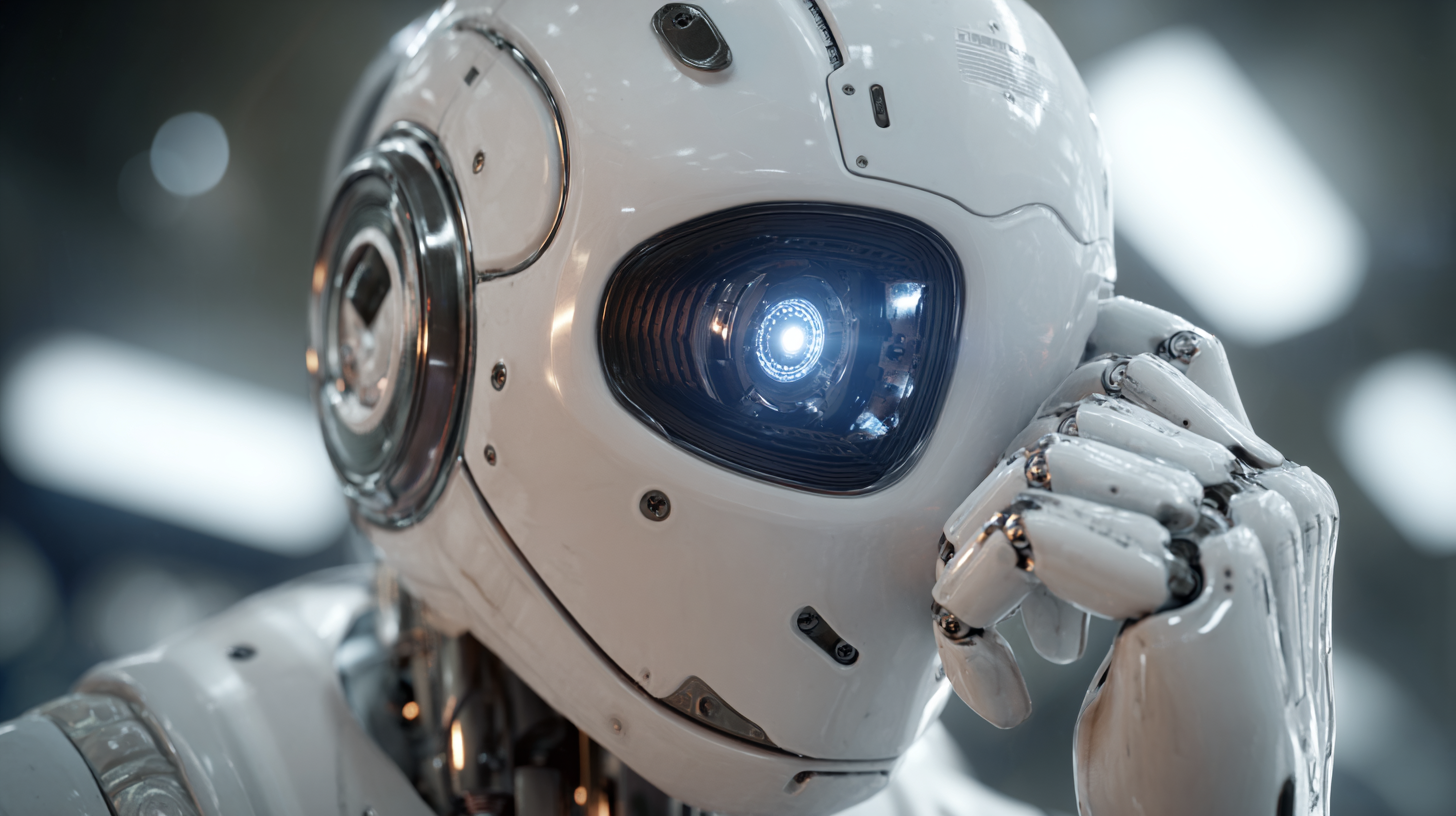
To optimize the effectiveness of robotic vision systems, consider implementing these tips: First, invest in high-quality image sensors and cameras that can operate efficiently under varying lighting conditions. This ensures that your robotic systems can maintain accuracy regardless of environmental factors. Second, regularly update the training datasets used for machine learning models, as diverse and comprehensive datasets contribute to improved object recognition performance. Lastly, collaborate with tech experts to fine-tune algorithms specific to your industry's requirements, ensuring that your implementation captures unique nuances in the visual data pertinent to your operations.
Cost Reduction and Productivity Boost: The Financial Benefits of Robotics in Supply Chains
The rise of robotic vision technology is transforming supply chains across various industries, leading to significant cost reductions and productivity boosts. By integrating advanced imaging systems and artificial intelligence, robotic vision enables machines to perform tasks that were previously reliant on human capabilities. From identifying defects in products to optimizing inventory management, these innovations streamline operations, reduce waste, and significantly enhance accuracy within the supply chain.
Moreover, the financial benefits of adopting robotic vision are compelling. Companies can minimize labor costs by automating repetitive tasks, allowing human workers to focus on more strategic activities. This shift not only reduces operational expenses but also increases throughput, as robots can operate continuously without the need for breaks. As businesses strive for efficiency and competitiveness, the integration of robotic vision systems stands out as a pivotal strategy to enhance supply chain performance and deliver long-term financial advantages.
Exploring the Future of Robotic Vision: Innovations That Transform Industries - Cost Reduction and Productivity Boost: The Financial Benefits of Robotics in Supply Chains
| Industry | Robotic Vision Technology | Cost Reduction (%) | Productivity Increase (%) | Key Benefits |
|---|---|---|---|---|
| Manufacturing | Automated Quality Inspection | 30% | 25% | Reduced Waste, Improved Quality Control |
| Logistics | Autonomous Picking Systems | 25% | 35% | Faster Order Fulfillment, Lower Labor Costs |
| Retail | Smart Inventory Management | 20% | 15% | Reduced Stockouts, Better Customer Experience |
| Food Processing | Vision-guided Sorting | 15% | 20% | Improved Product Quality, Enhanced Safety |
| Pharmaceuticals | Automated Packaging Systems | 40% | 30% | Increased Compliance, Cost Savings |
Industry Case Studies: Successful Implementations of Robotic Vision Systems in Different Sectors
Robotic vision systems are increasingly becoming vital in various industries, showcasing successful implementations that illustrate their transformative potential. For instance, in the warehouse sector, robotic vision is enhancing supply chain automation by improving accuracy and productivity, allowing businesses to efficiently meet demand while reducing operational costs. These systems utilize sophisticated cameras and sensors to navigate and manage inventory, thus streamlining processes that were once heavily reliant on human labor.
In the healthcare industry, we see a growing adoption of intelligent robotics, particularly in geriatric rehabilitation. Robotic systems equipped with advanced vision capabilities assist medical professionals by providing accurate assessments of patients' movements, enabling tailored therapy plans that promote recovery. This integration not only highlights the adaptability of robotic vision technologies but also showcases their capacity to enhance patient care quality across diverse applications. Furthermore, as various sectors continue to explore the potential of autonomous alignment technologies, the versatility of robotic vision systems presents endless opportunities for innovation and efficiency.
Future Trends in Robotic Vision: Predictions on Market Growth and Technological Advancements
The future of robotic vision is set to reshape various industries as technological advancements create new opportunities for market growth. According to recent forecasts, the global artificial intelligence robots market is projected to expand significantly, climbing from $6.19 billion in 2025 to an astonishing $32.26 billion in the following years. This growth is indicative of an increasing reliance on robotics for efficiency and accuracy in operations. One critical area experiencing rapid development is the machine vision sector, which serves as a backbone for industrial automation and smart manufacturing systems.
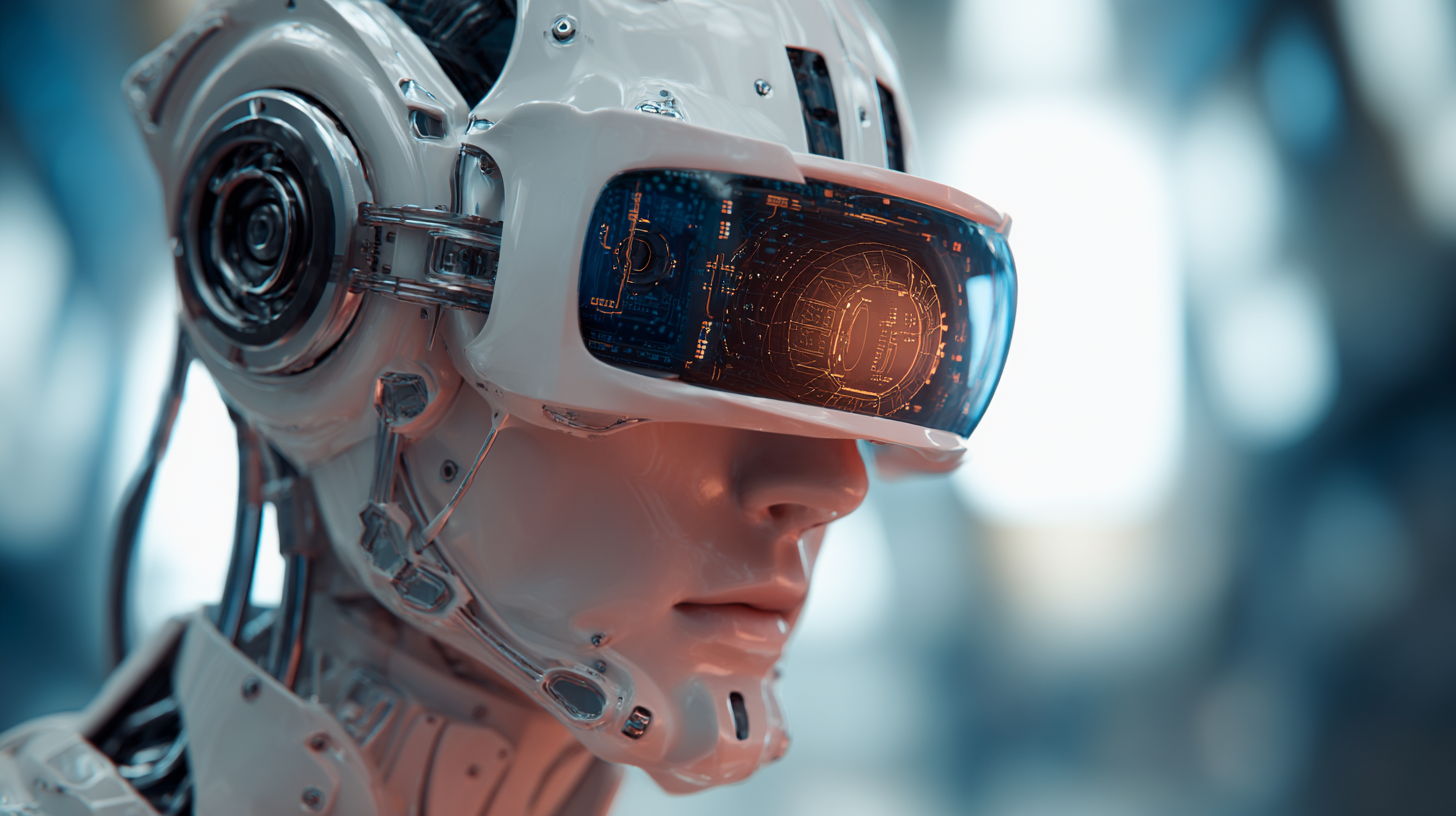
Furthermore, the AI vision market itself is anticipated to surge, with estimates suggesting an impressive increase from USD 15.85 billion in 2024 to USD 108.99 billion by 2033, reflecting a compound annual growth rate of 24.1%. As industries adopt smarter systems powered by advanced robotic vision, trends like quality control and precision agriculture are becoming more prevalent. As we move towards 2025 and beyond, key technological innovations in robotics and AI are expected to drive this transformation, cementing their roles as indispensable tools in modern industrial practices.
Related Posts
-

Unlocking the Future of Automation with Advanced Robot Vision Systems
-

Unlocking the Future of Automation with Revolutionary Robot Software
-
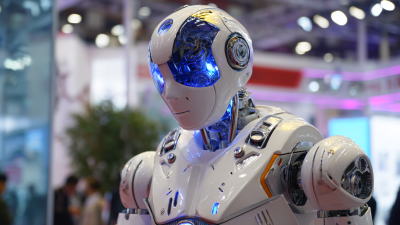
Exploring the Future of Robot Servos at the 138th China Import and Export Fair in 2025
-
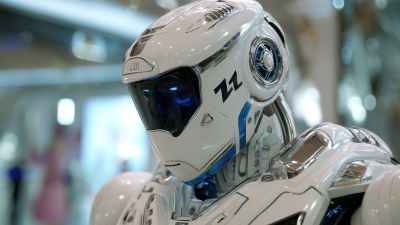
Transforming Industry with Intelligent Robots at the 138th Canton Fair in 2025
-
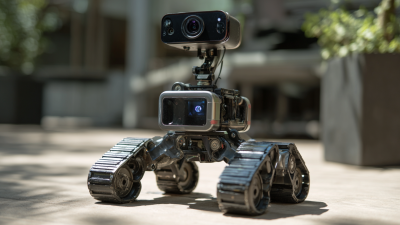
How to Enhance Your Photography Skills with Innovative Camera Robots
-
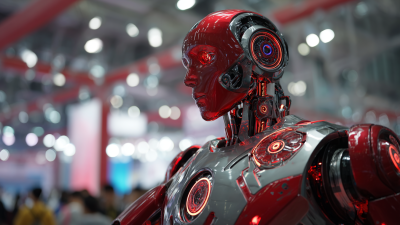
Robotic Process Innovations at the 138th Canton Fair 2025 Transforming Industry Standards in China






